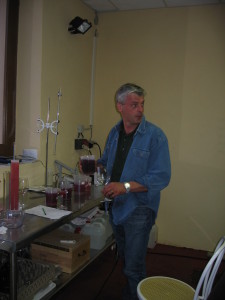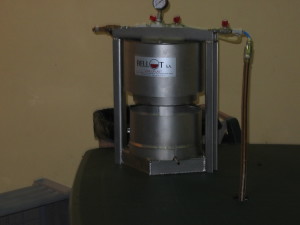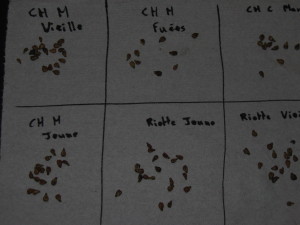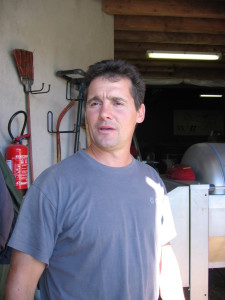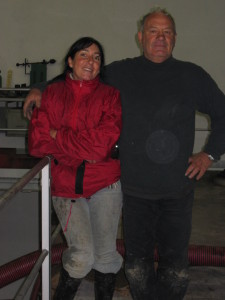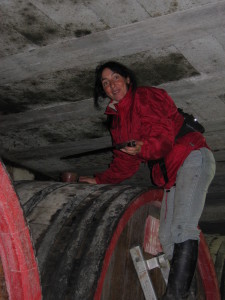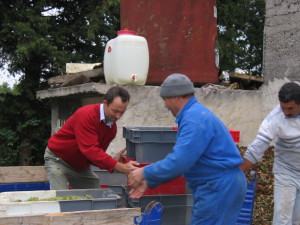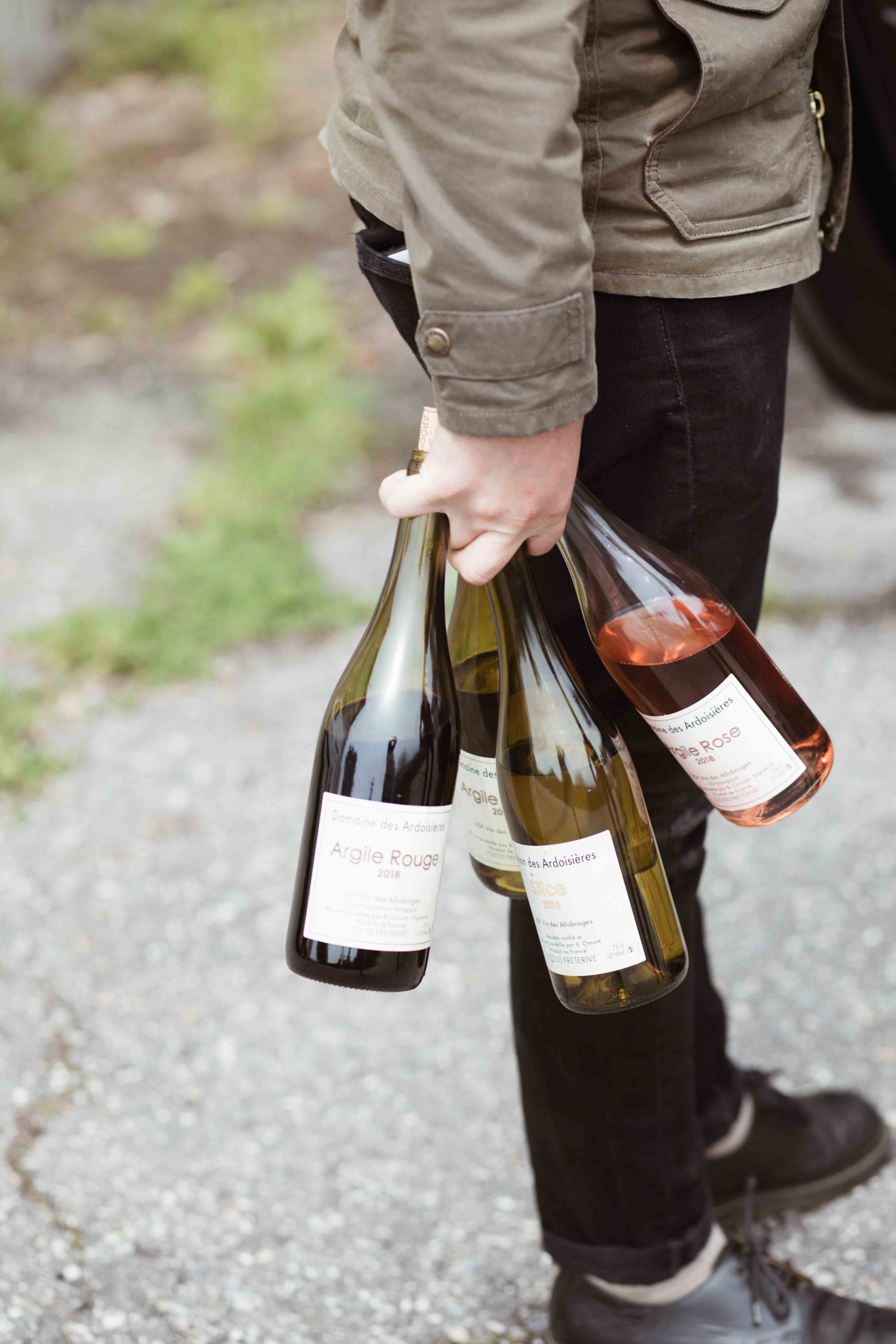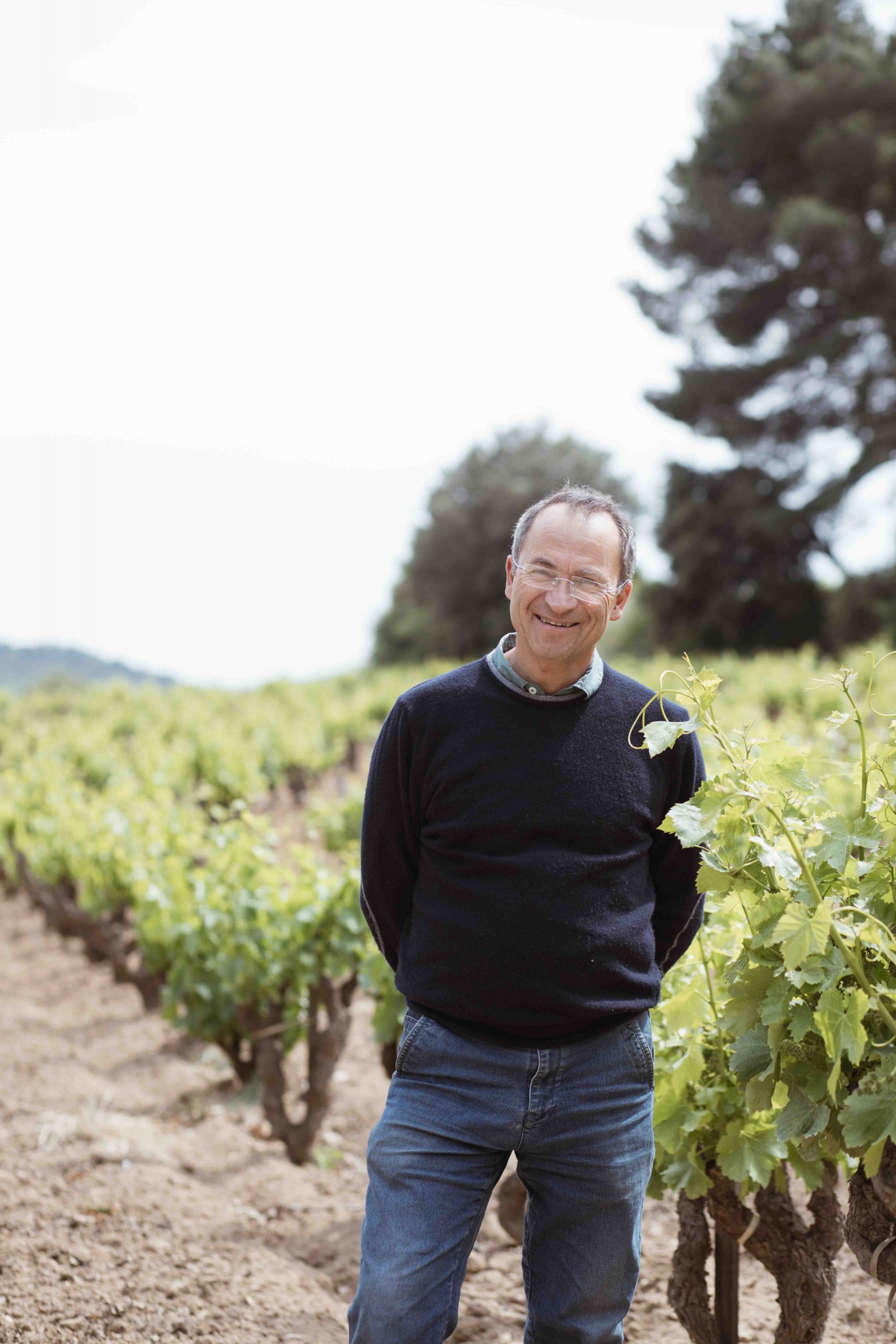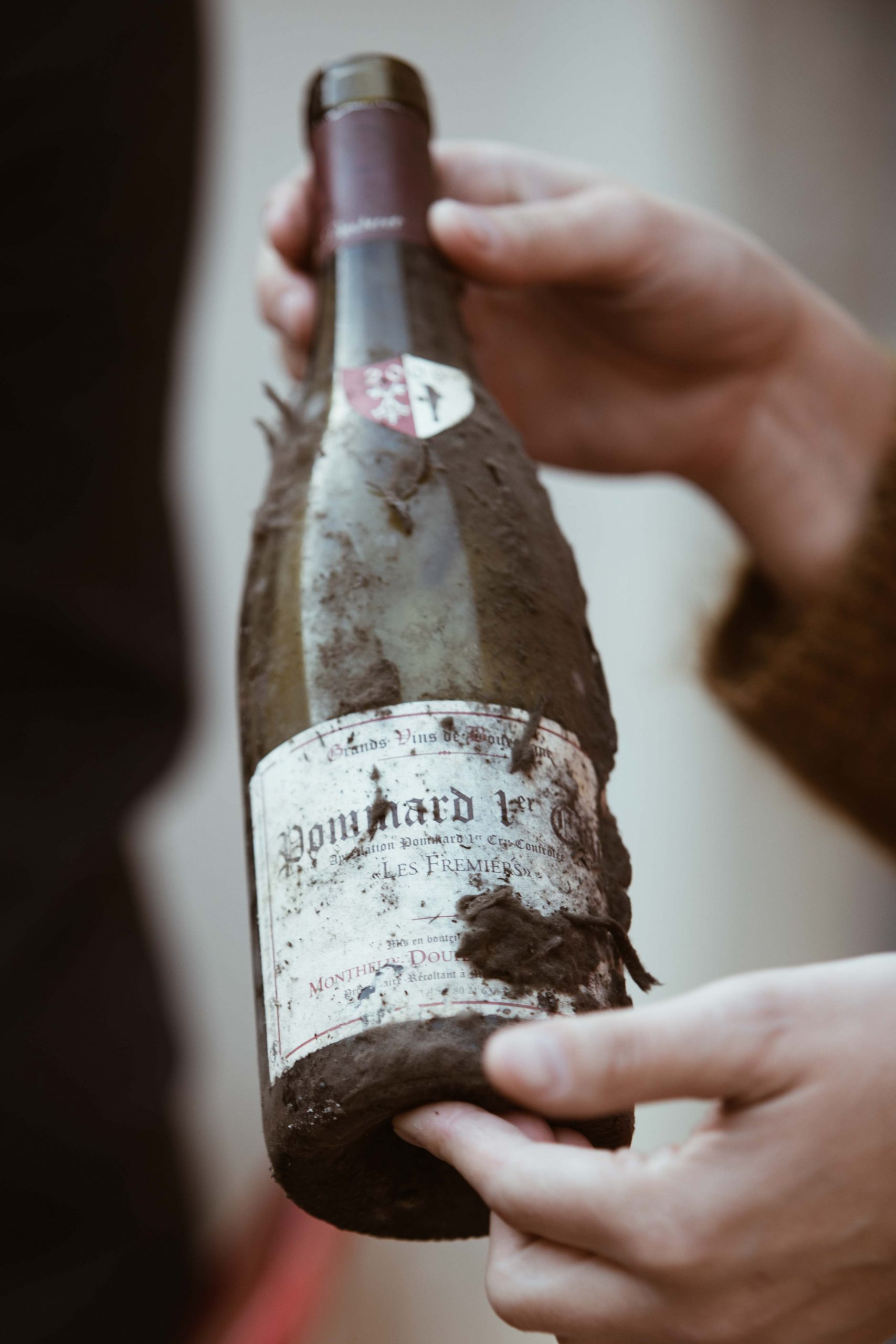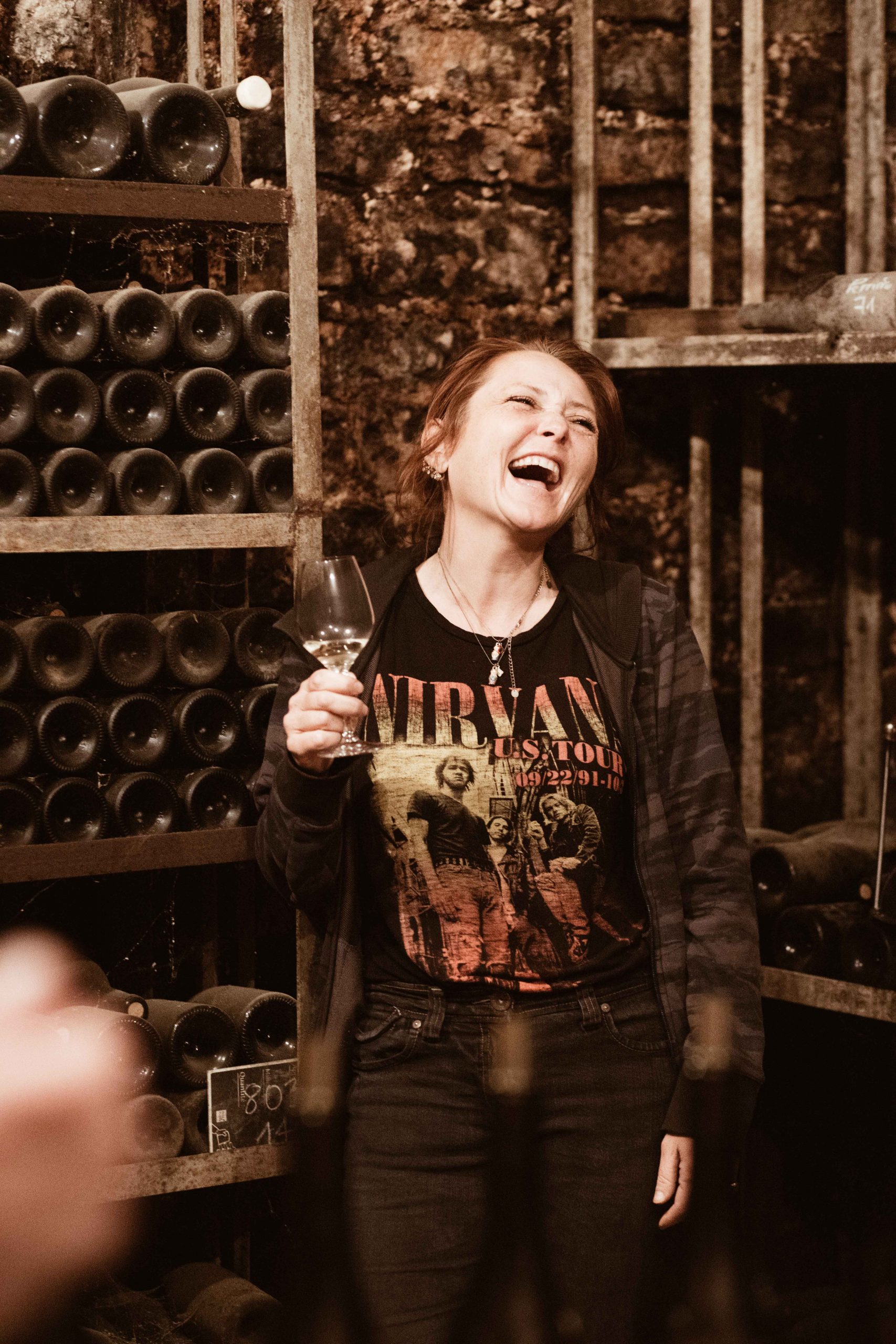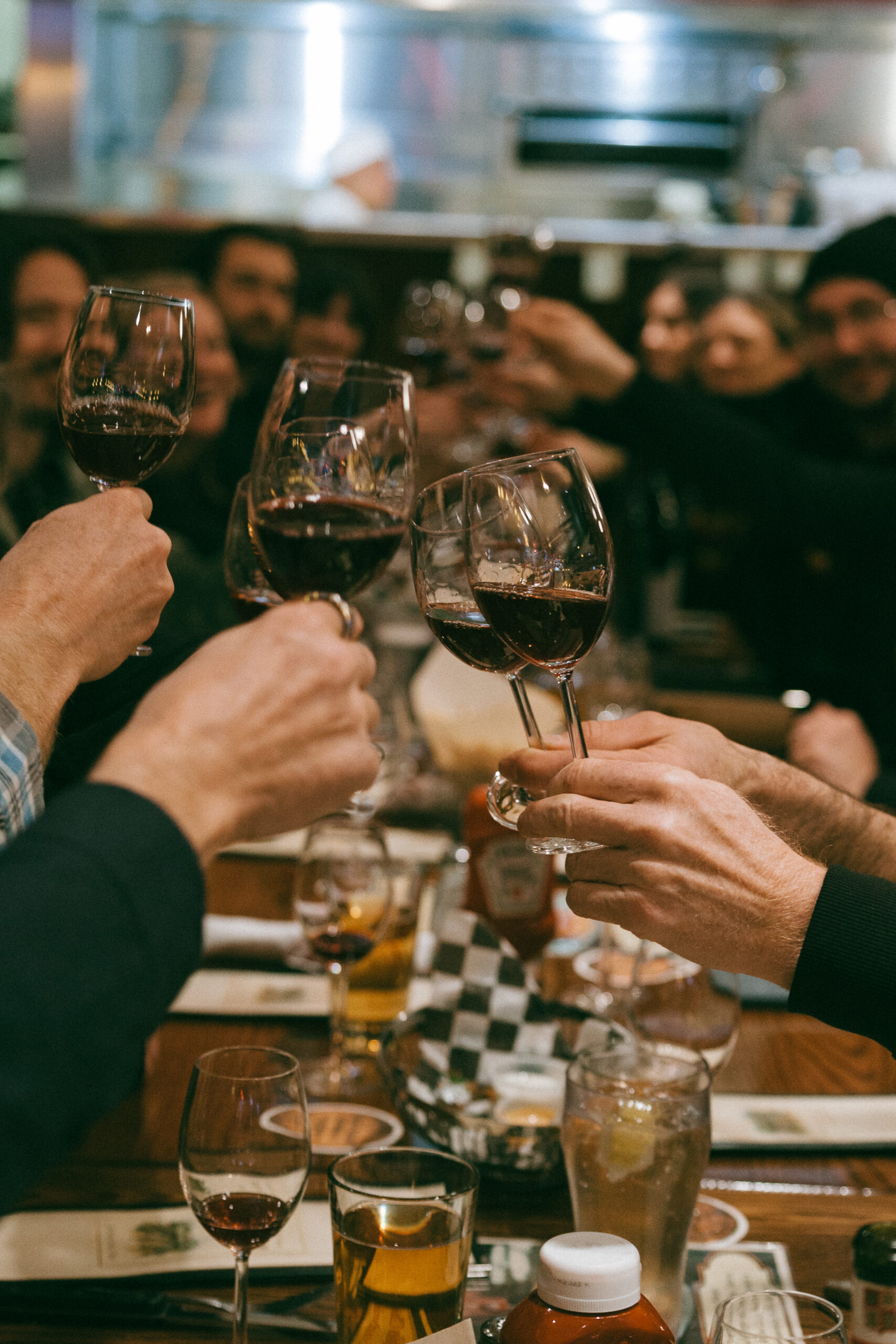In mid-June, I started to inquire about when to anticipate the next harvest. June is the month of blooming grapes. If temperatures are correct and there is no rain, flowering can last two weeks. However, if the temperature drops, or if it rains, then blooming will be interrupted, which will delay the maturity of the grapes, thus flowering will happen in two stages.
Emmanuel Rouget, Henri Jayer’s nephew, reminded me of the white Lily prophecy. It so happens that the Lily blooms about the same time as the vine. They are everywhere with their fragrant smell and beautiful tall flowers. You can miss the shy bloom and soft delicate perfume of the vine, but not of the white Lily. If you count 100 days, you arrive at the harvest date. For instance, Emmanuel counted from June 17th. Therefore, with 13 days in June, plus 31 days in July and August, he concluded that Vosne-Romanée Cros-Parantoux and Echezeaux would be picked as of September 25th. I heard the story many times in my youth. Our ancestors were very observant—and they were accurate. Somehow, nothing has changed but the weather pattern and our careful tending to the vineyard management.
I arrived in Mâcon on September 11th. Of course, Beaujolais was happily picking healthy, juicy grapes—a real comfort after the disastrous rain of 2004 which ruined their crop. Dominique Cornin was first on my list. I found him inside a stainless steel tank in a type of space suit. I wondered how this big guy would squeeze out of the bottom opening of the vat, but he did! The harvest was to start on the 14th. Three days later, I drove by and tasted the richest, sweetest white grape juice ever: 11.5º to 12.4º natural. No chaptalization or acidification. Total perfection.
I met with Denis and Laurence Mortet on the 13th, who were getting ready to start the next day. Denis had expanded his winery on one side, and in the middle he put in a small wooden fermentation vat for his precious Chambertin. I drove by Christophe Perrot-Minot, who decided to start on the 19th. He took me to his lab where two young oenologists were conducting tests. On a table, a small pneumatic press stood 1 foot in diameter and 2 feet high. Dozens of plastic bags containing 400 grapes each, which were picked in different rows from one appellation, were labeled and ready to be crushed. Their juice was then analyzed for pH, sugar, acidity and
polyphenols. After crushing, some seeds were removed and put onto a piece of large white cardboard so they could check their maturity. Each appellation was rated and then given a picking date. The Grand Crus were to be last: 23rd to 26th. When I returned a week later, I saw the Mazoyères going through the sorting table. There was very little to discard except a few leaves here and there, and an under ripe bunch that was quickly removed. Only the eagle eyes of Christophe could see that! As you might know, sadly Philippe Engel passed away last summer. His family asked Christophe to vinify their Clos de Vougeot and Vosne-Romanée “Aux Brulées” earlier that week.
Friday the 23rd I drove by Domaine Charles Audoin, where Cyril and his parents had the happiest faces I have ever seen during these intense times. Charles said that with perfect weather conditions, perfect healthy grapes, and young students from viticultural schools full of enthusiasm and dedication ….what else could you want!?!! Bruno Clavelier was next. Harvest in his biodynamic vineyards started on the 19th with Corton Rognet, and finished with his Aligoté old vines a week later. He was just ecstatic about the perfect balance.
I went by Domaine Leroy on their last day. Lalou was checking her harvest, vat by vat, and was very impressed by the quality. She started earlier than most on September 13th. When I called her on October 6th, she had just finished crushing her grapes. “Perfection, perfection!” she exclaimed. The perfect balance reminded her of the great 1964 vintage. We have been so lucky with the weather the last few years.
Emmanuel Rouget was still finishing the last preparations to his winery on the 22nd. He started with Savigny les Beaune on the 23rd, and planned to do Cros-Parentoux and Echezeaux the following week. The weather forecast called for warm and sunny days. The Equinox had been feared the previous weekend, as it usually brings heavy rains. It is, as the Oregonians call it, “The Pineapple Express” on their side of the planet. Fortunately, it didn’t happen.
I drove to the Rhône Valley and went directly to Châteauneuf-du-Pape on the 19th under a cool, overcast and gloomy sky. Laurence Feraud had started with her red Vin du Pays and white grapes, but was determined to wait for the Grenache. She related that they’d had just over 2 inches of rain two weeks earlier, following drought since March, but fortunately the soft, steady rain did not cause any damage and the mistral blew steadily afterwards. Emmanuel Reynaud was busy picking white Grenache at Rayas and some of Château de Fonsalette Syrah. Both were waiting for more ripeness in the Grenache and finished their harvest on October 7th. They are happy for a very good vintage. Going back up, I stopped by Yann Chave who had a big smile on his face bringing in the perfectly ripe, healthy Syrah. He could not contain his joy taking grapes out of his load. His mother was recording every load, and putting some SO2 solution in the crusher.
Since my return, I checked with my Champagne producer, Jacques Diebolt, who before harvest is usually “Mr. Gloom.” To my surprise, he harvested on the 14th of September and claims he will produce a vintage Champagne! I also talked to Julien Brocard, who started on the 19th. Clotilde de Davenne is no longer with them, and they have a new oenologist—Pascal—who worked several years for Verget and Olivier Leflaive. Sensational vintage! Julien, who is in his 5th year of biodynamic viticulture with Domaine de la Boissoneuse, claims that the grapes matured faster.
Reading through my notes, I remarked that nowadays, from Champagne to Chablis to Châteauneuf-du-Pape, there are no great intervals between the dates of harvest. I attribute this change to warmer weather. In addition, biodynamic vineyards seem to ripen earlier. Quality grapes do not happen by accident. I checked the grapes on the vines of overproducing growers and they had sad looking grapes: dried, rotten or under ripe. Because of the last two scorching hot weeks of August, those vineyards suffered greatly. Some of them had lost their leaves, especially in the Hautes Cotes-de-Nuits.
I am extremely proud of my producers’ work ethic. Thanks to their dedication, observation, and passion, we can expect another great vintage from Champagne to Châteauneuf-du-Pape. 2005 is definitely sensational.

